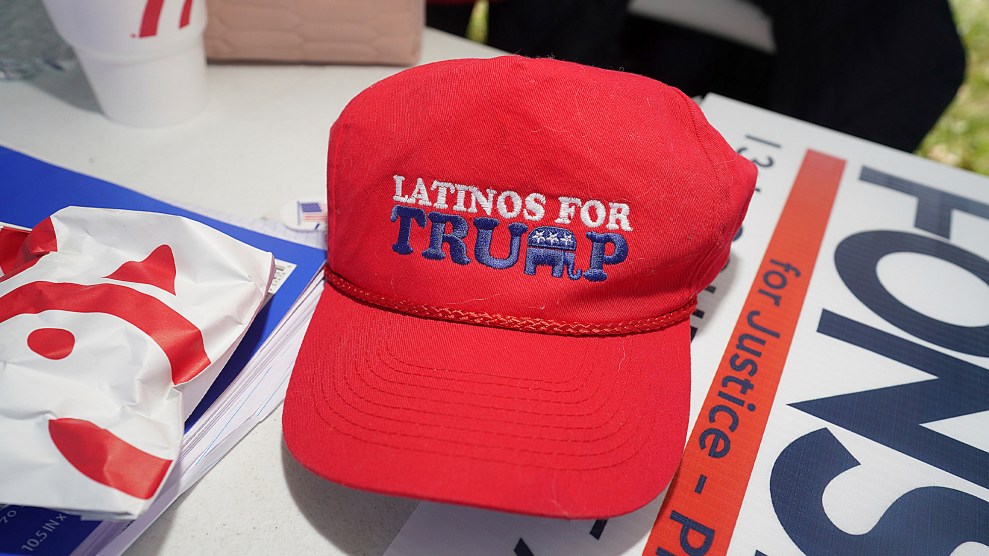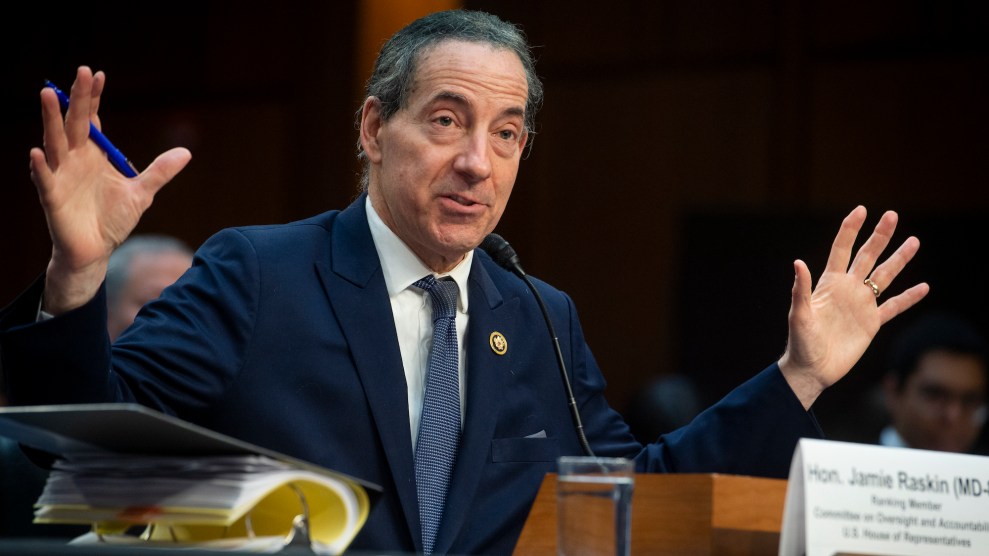Ecologists and economists have put a controversial dollar figure on biodiversity, but this week marks the first time the UN has ever put a price-tag on the climate. What would it cost to keep greenhouse gases close to their current levels? One estimate of the Intergovernmental Panel on Climate Change is shockingly cheap.
“The cheaper scenario would mean going out to dinner one time less a year, whereas the higher figure gets into the range of having or not having a car,” says Ralf Martin of the London School of Economics. “The higher figure might be a hard sell. However, I would suggest that whether either figure is acceptable depends largely on how it will be sold to voters.”
The problem is, this calls not for individual asceticism like scrimping on toilet paper, but new government policies like a carbon tax. Predictably, the White House had a knee-jerk response, saying the least ambitious target “would cause a global recession.” Well, what recession would catastrophic climate change bring? What dent would losing the Eastern seaboard put in the US GDP? The IPCC should estimate that too, if only as a talking point.
Policy wonks have to speak the language of the economic growth. But what is that saying–you can’t solve a problem within the mindset that created it? Bill McKibben pointed out how we got stuck in this mindset and why wonks need tolook beyond the framework of the GDP as a measure of progress. The GDP doesn’t even correlate with happiness among nations.















